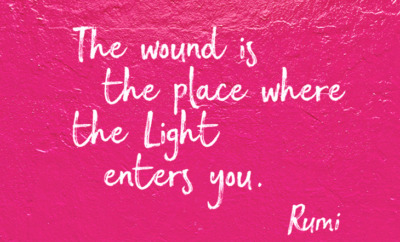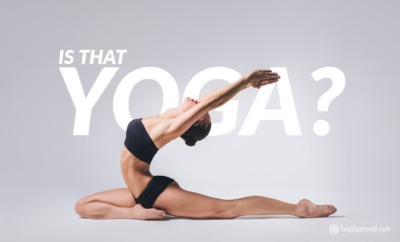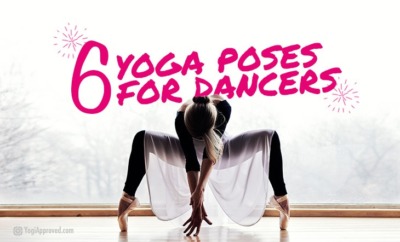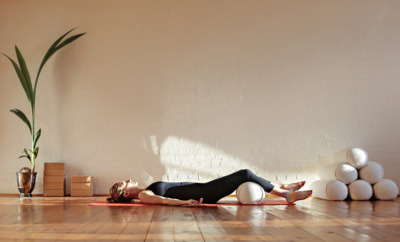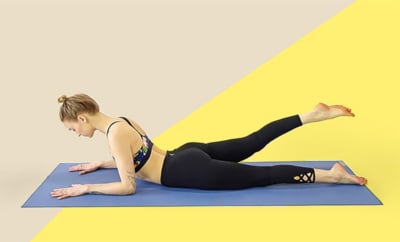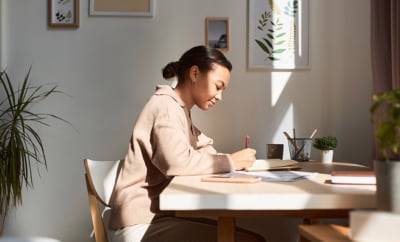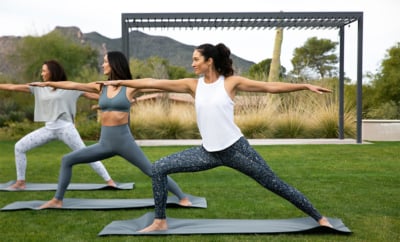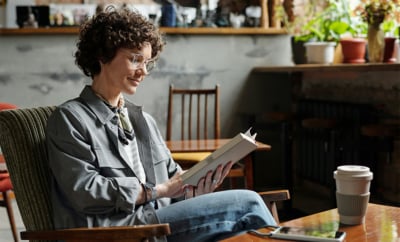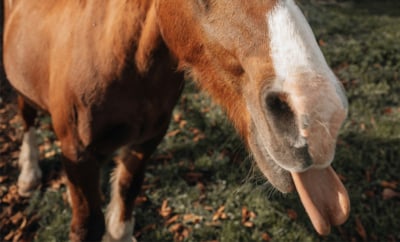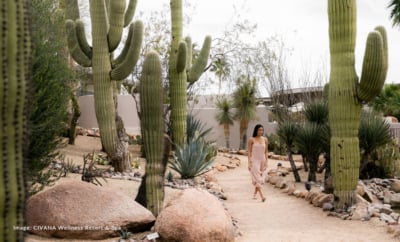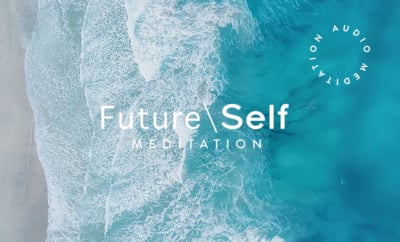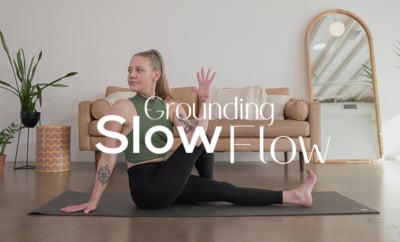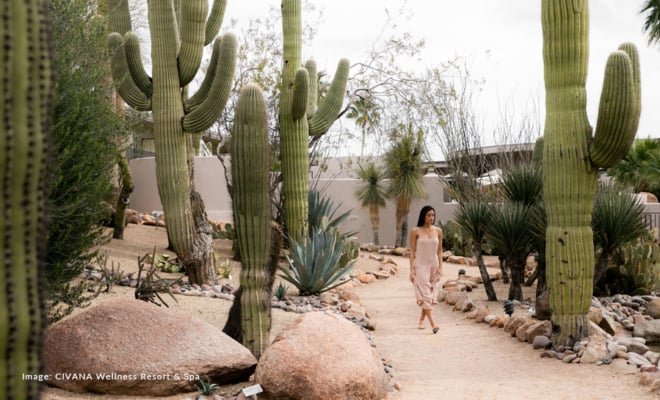How to Practice Child’s Pose (Balasana) For Beginners

childs pose featured
Balasana, or Child’s Pose, is a very basic yoga pose, and is taught in nearly every yoga class you’ll attend. This pose has a wonderful calming effect on the mind and body, and allows you to surrender to your practice.
You can practice Child’s Pose any time you feel the need to slow down, calm down, or just simply take a break. It allows you to connect, or reconnect, to your breath, massage your Third Eye, and rest.
Looking For Video Tutorial of Balasana? Check Out YA Classes Learning Yoga Program
If you are looking for step-by-step instructions on Child’s Pose, check out the Learning Yoga from YA Classes. Learning Yoga is a comprehensive workshop-style program that breaks down over 30 of the most common, foundational yoga poses, including Balasana. Not yet a YA Classes member? Try it out for free for 14 days.
Everything You Need to Know About Child’s Pose
Pronunciation: Bal-a-ss-ana
Balasana is commonly known as Child’s Pose because it resembles a curled fetus in the womb. It is a resting pose that closes the front body, offering respite from a busy world and fast-paced life. It evokes feelings of being nurtured and protected.
Description of Child’s Pose
Childs pose returns the spine to a child-like curvature. It is performed in a kneeling position, with the legs bent beneath the body, while the buttocks sink towards the heels and the forehead rests on the mat. It has a quiet quality, a calming effect, and supports surrender. Balasana lengthens the spine and relaxes and opens the hips.

How to Master Child’s Pose
Because it’s such a common pose, it’s important to learn how to practice Child’s Pose properly.
- Kneel on your mat with the thighs apart
- Sink the buttocks to the heels and curl the spine as you fold the body forward
- Draw the forehead down towards the ground
- Breathe deeply into the back of the body
- Extend the arms away from you for a more active experience, or allow them to rest behind you with the palms facing up
- Allow the body to feel supported by the earth beneath you and breathe deeply
How to Modify Child’s Pose:
- Try a blanket on the floor beneath you if the ankles or knees are tight
- Place a cushion or additional blanket between the buttocks and calf muscles if the hamstrings are tight
- Place a bolster, block, or forearms beneath the forehead if you’re struggling to meet the floor
- Separate the knees, but keep the toes together to create space for the abdomen if the breath feels extremely constricted
How to Prep For Child’s Pose:
If Balasana isn’t for you yet, work on:
- Happy Baby (Ananda Balasana)
- Crocodile
- Reclined Knees to Chest (Apanasana)
Looking for more yoga tutorials and yoga tips? Check out our full library of Yoga articles here
Benefits of Child’s Pose:
Child’s Pose has many benefits! Here are just a few:
- Brings comfort and releases the SI joint
- Helps to direct the breath into the back of the body
- Relaxes the head and neck
- Gently stretches the full length of the spine
- Gently increases hip flexibility
- Helps to calm and pacify the nervous system, so it’s great for stress
- Soothes and calms the digestive system by placing gentle pressure on the stomach and intestines
Key Anatomical Insights:
- Child’s Pose brings space between the erector spinae and lengthens the quadratus lumborum
- It stretches the gluteus maximus in the buttocks and the anterior tibias in the lower leg
- If the arms are overhead, it broadens and lengthens the latissimus dorsi in the middle back
How Child’s Pose Can Make You Feel:
Balasana conjures feelings of maternal care from childhood, when we didn’t have to be so tough and strong, when our needs were met by our mothers.
If we’re feeling overwhelmed, surrendering the body to the earth and experiencing the weight of gravity drawing us earthward is extremely comforting.
Gentle pressure on the Third Eye, or Ajna Chakra, helps turn our attention inward, awakening insights and calling forth our inner teacher and own intuition.
Third Eye Chakra: Here’s Everything You Need to Know About Your Sixth Chakra
A Word of Wisdom on Balasana
Take Balasana when you’re feeling vulnerable or delicate and need a little bit of solace and safety. It will help you balance your mind, and even bring you a bit of clarity. Namaste!


This Month's Letter
From the Editor
Monthly motivation and food for
thought from our founder.





